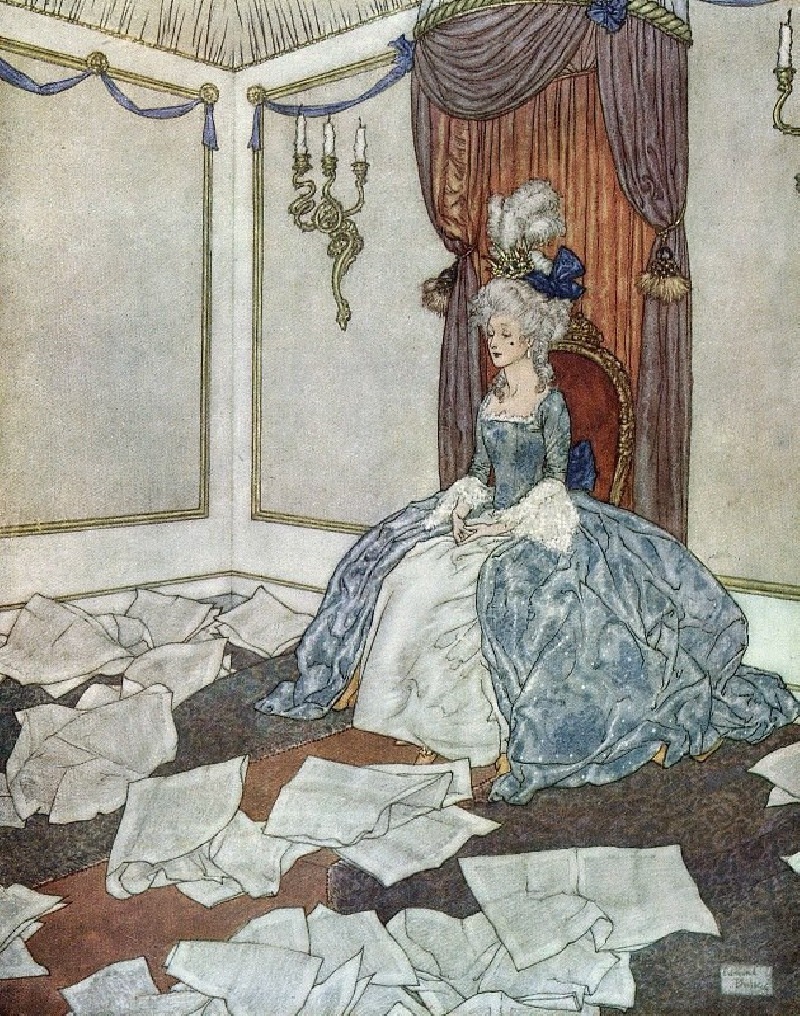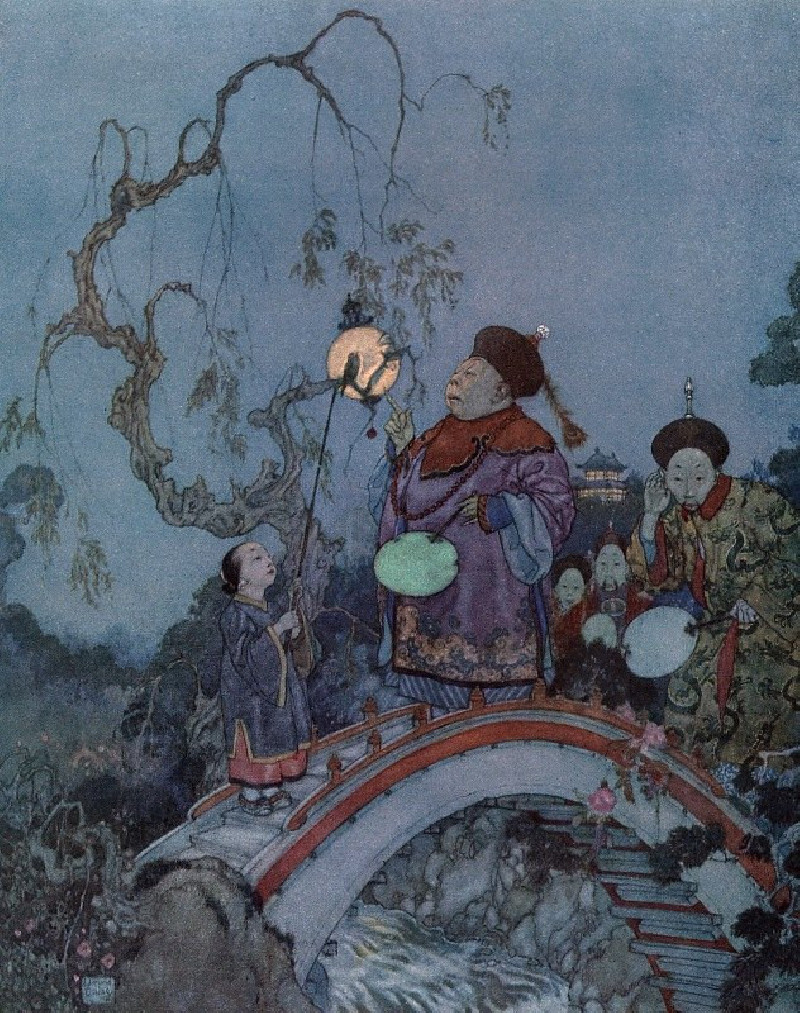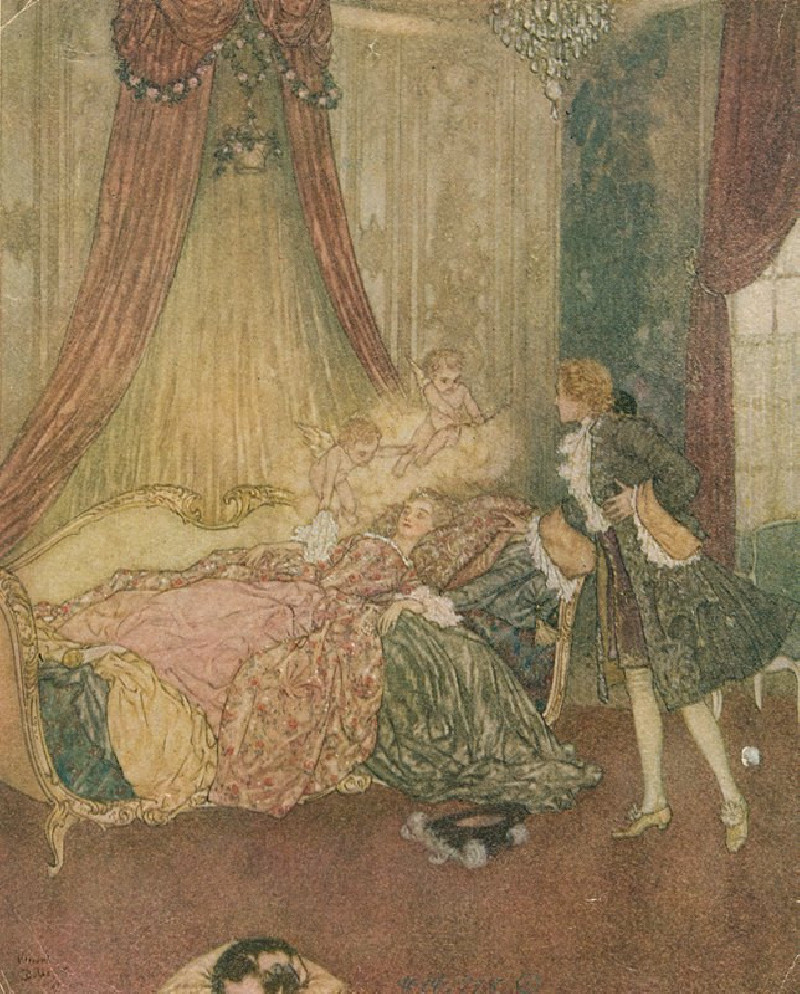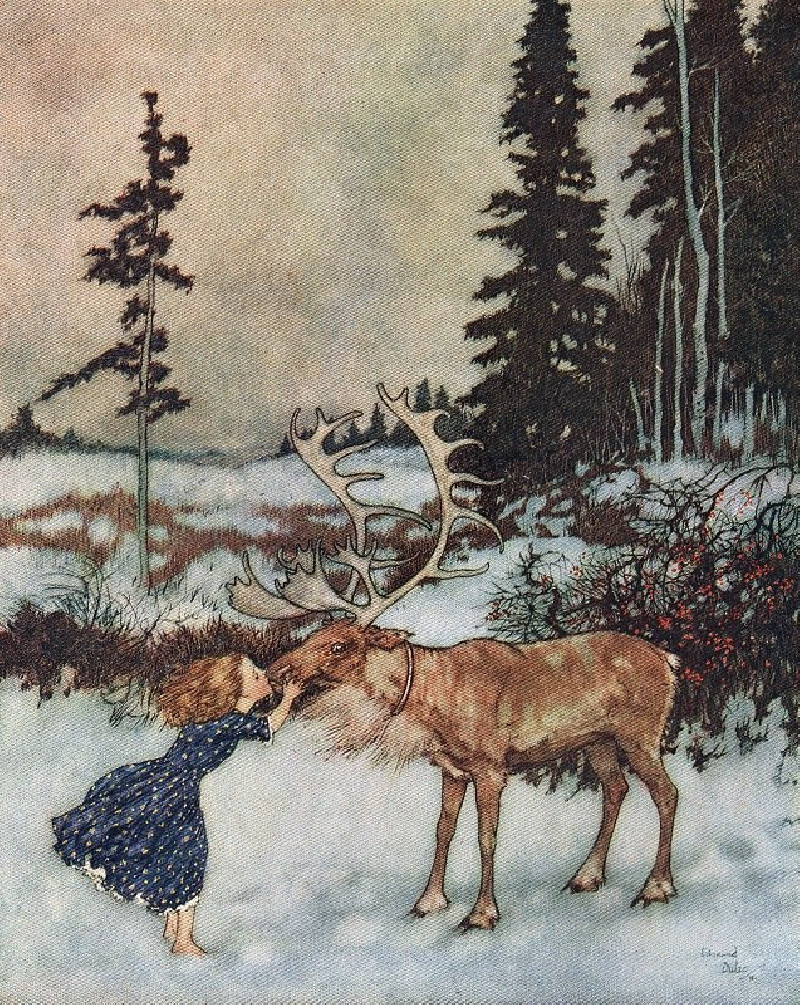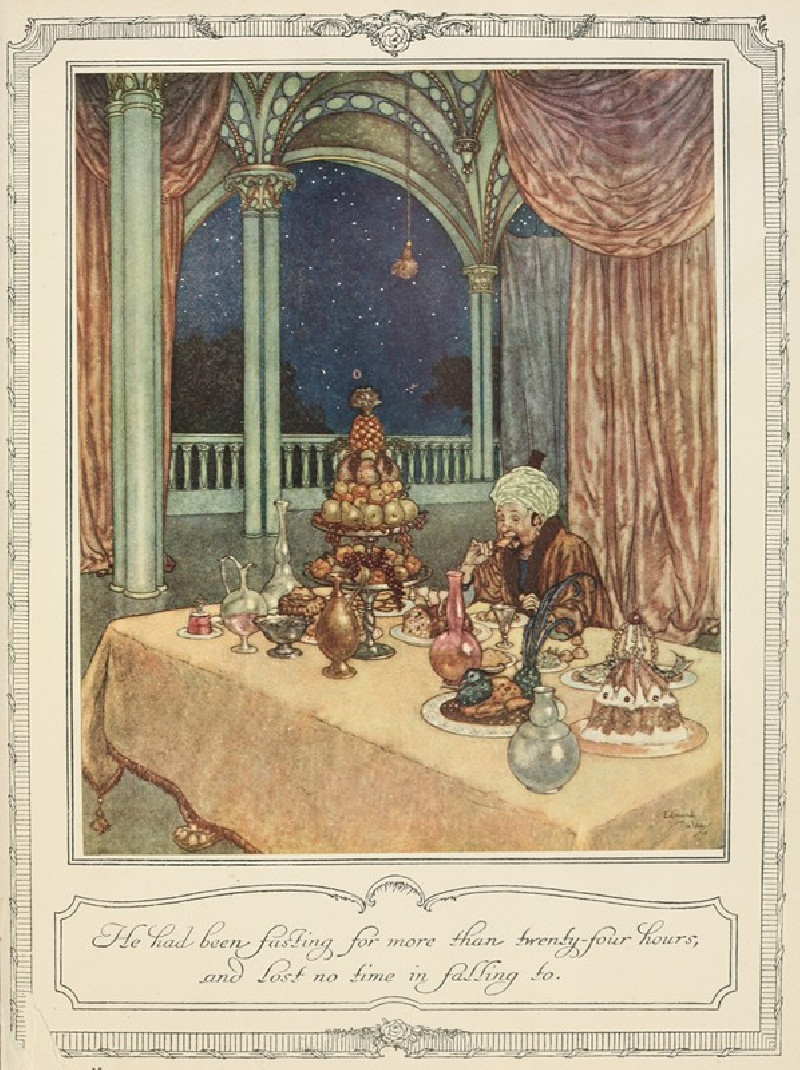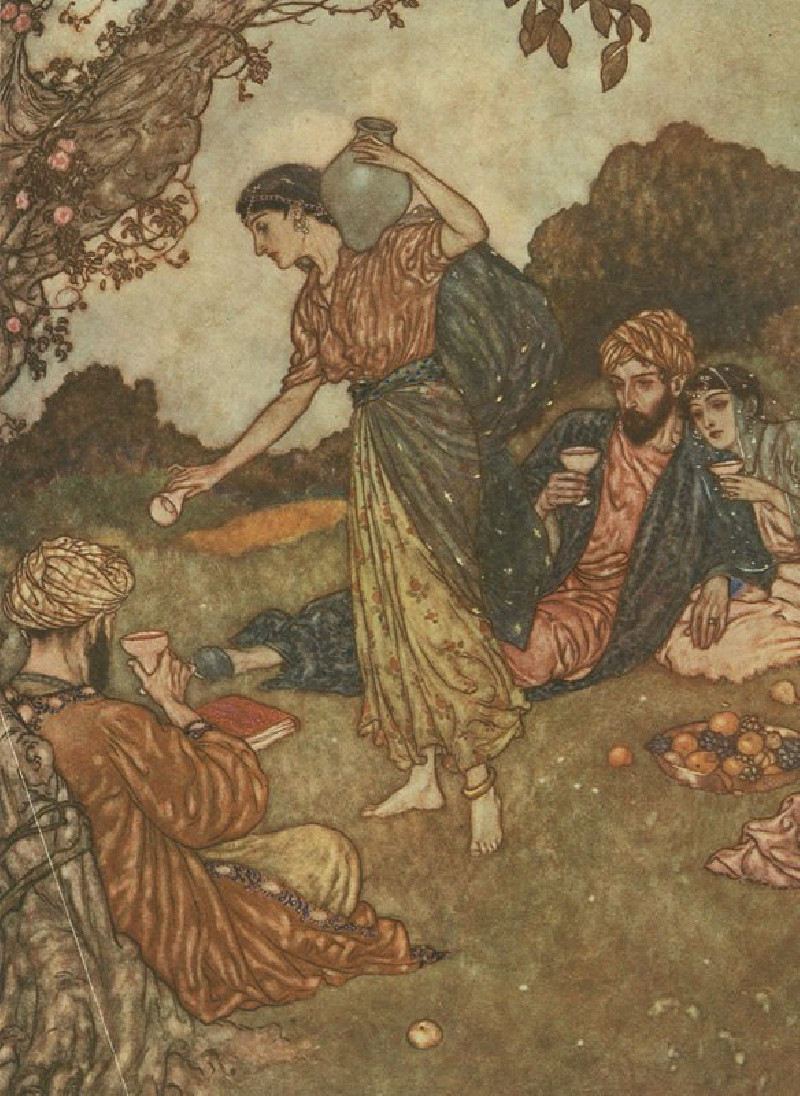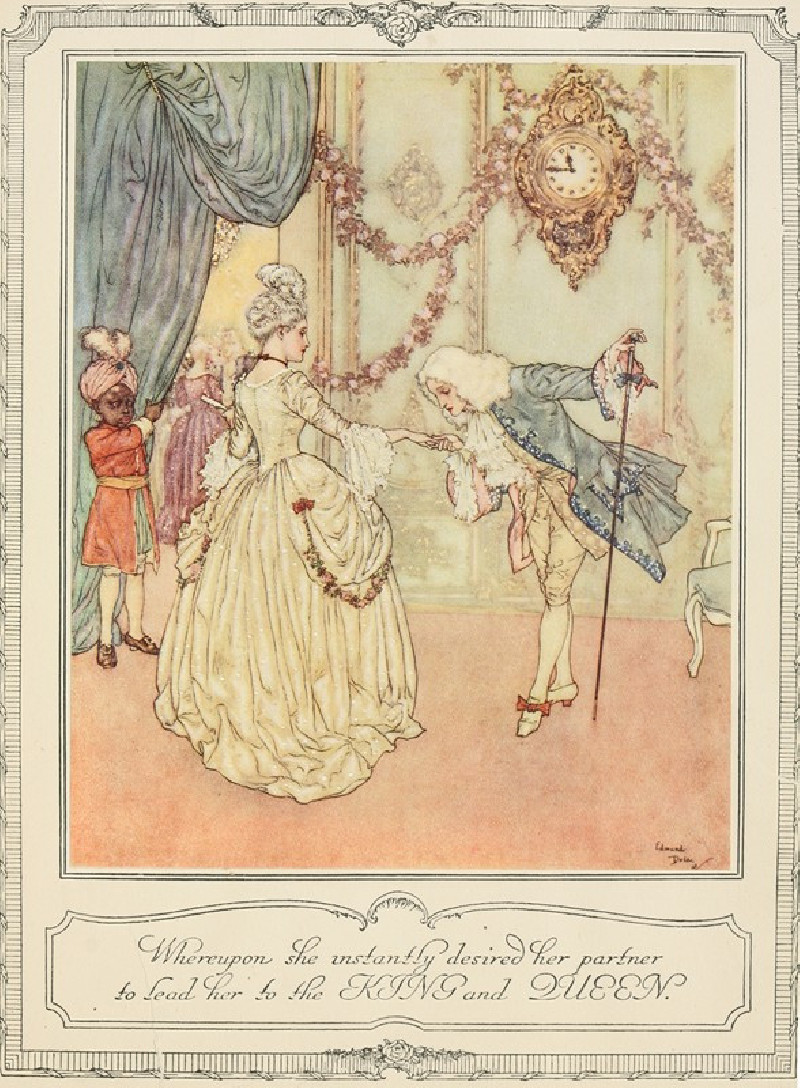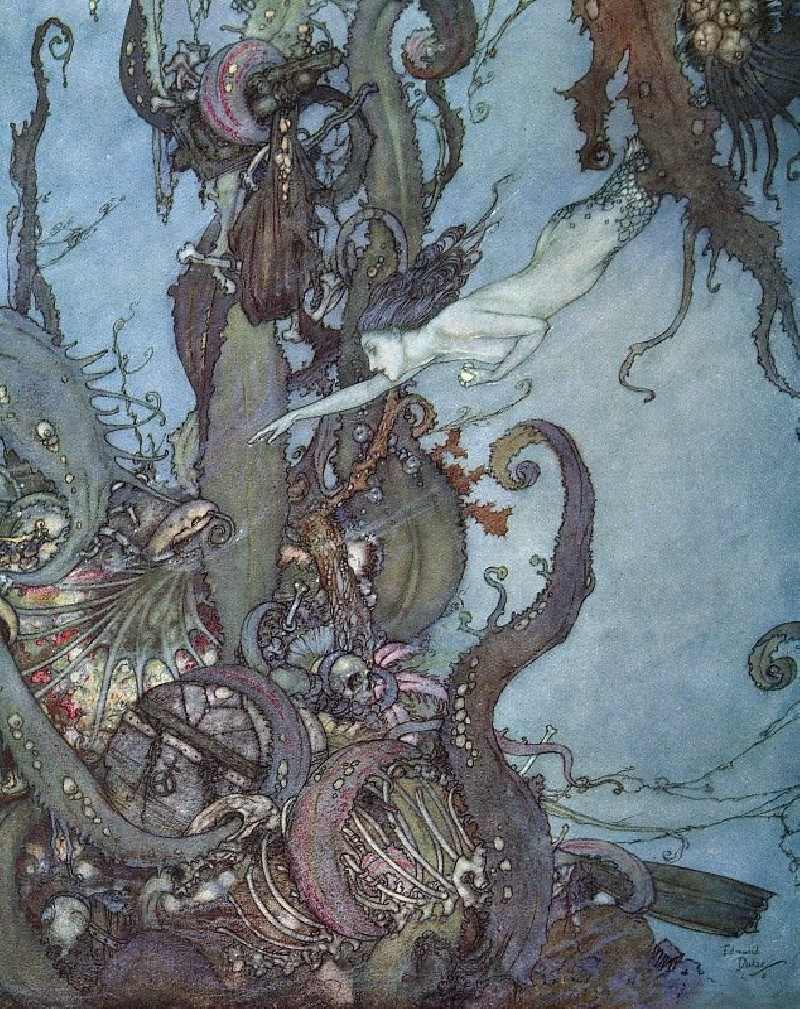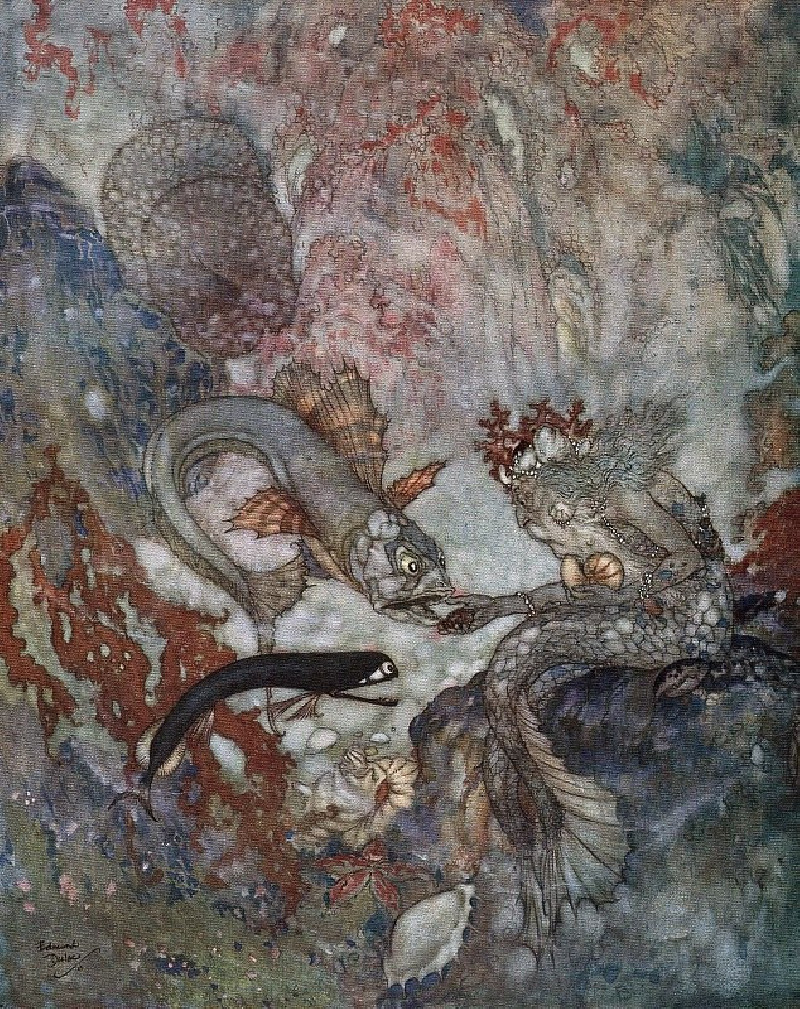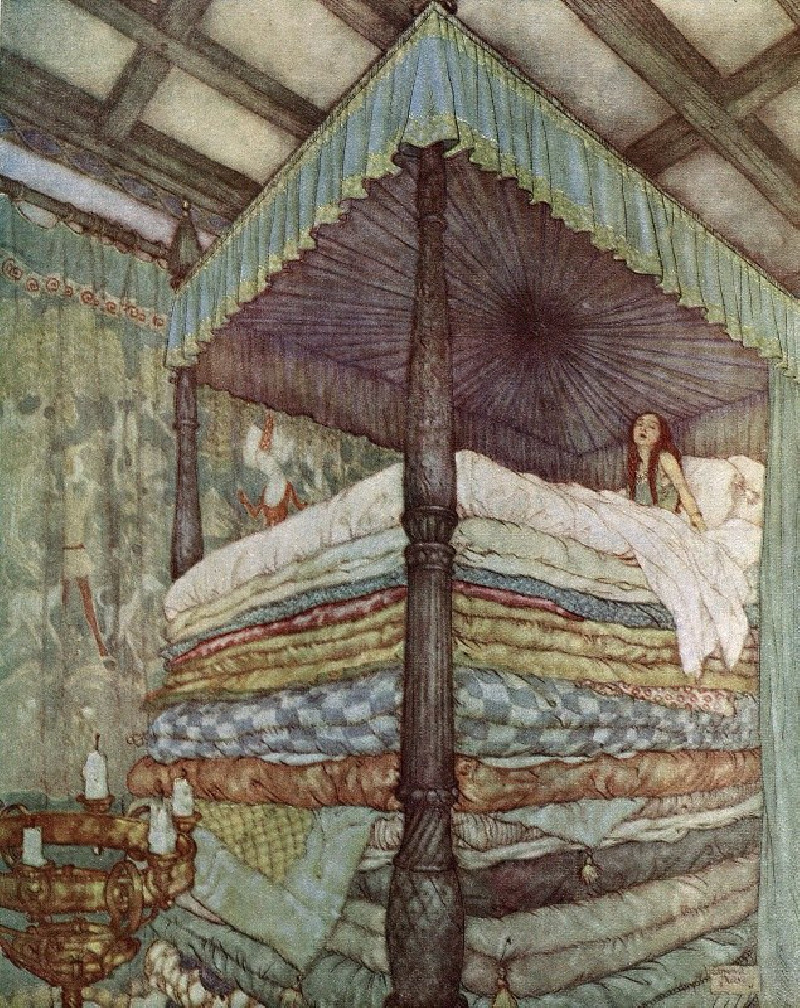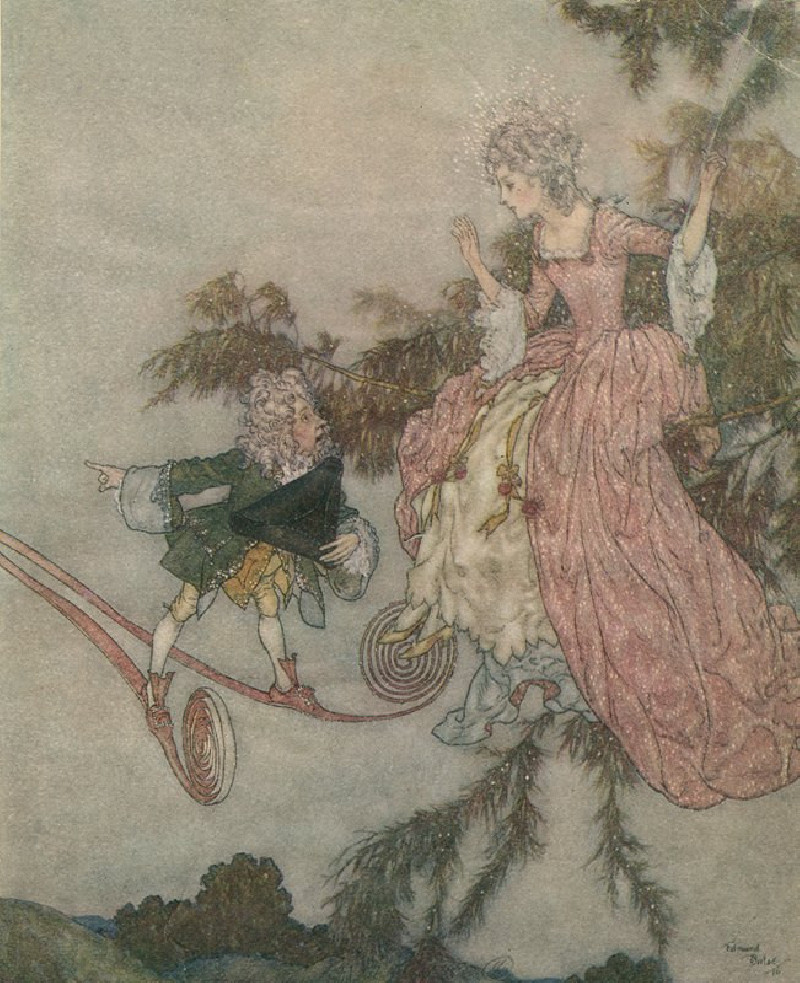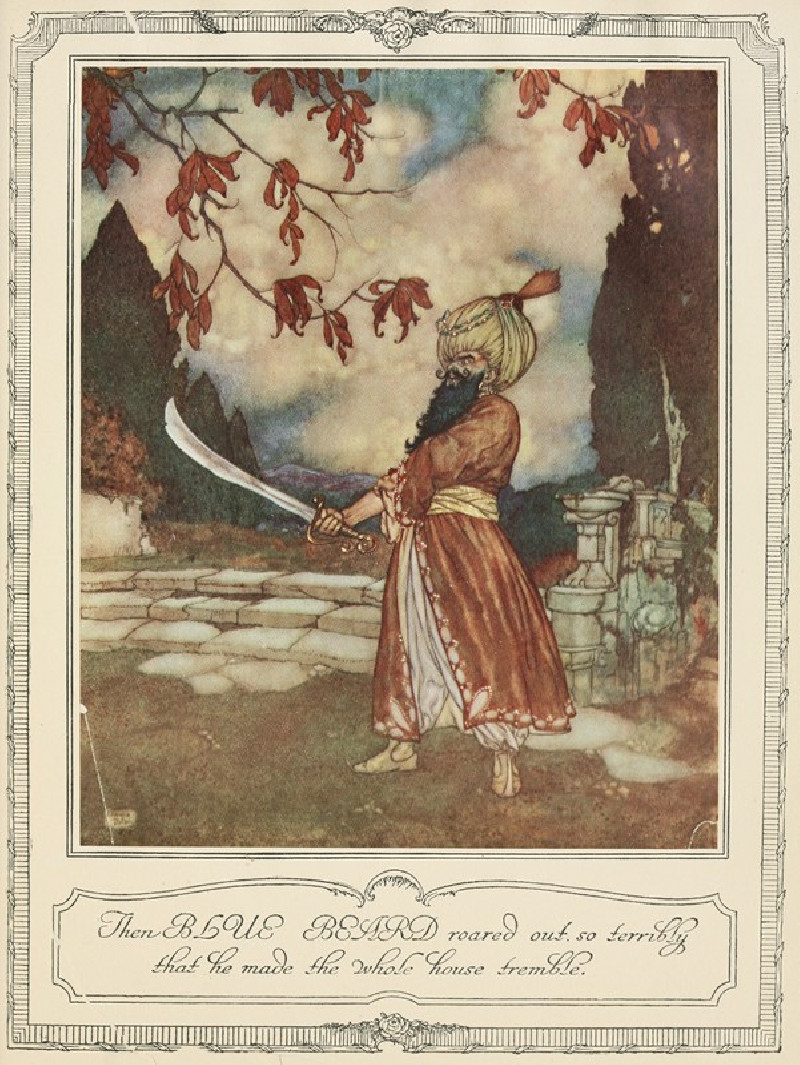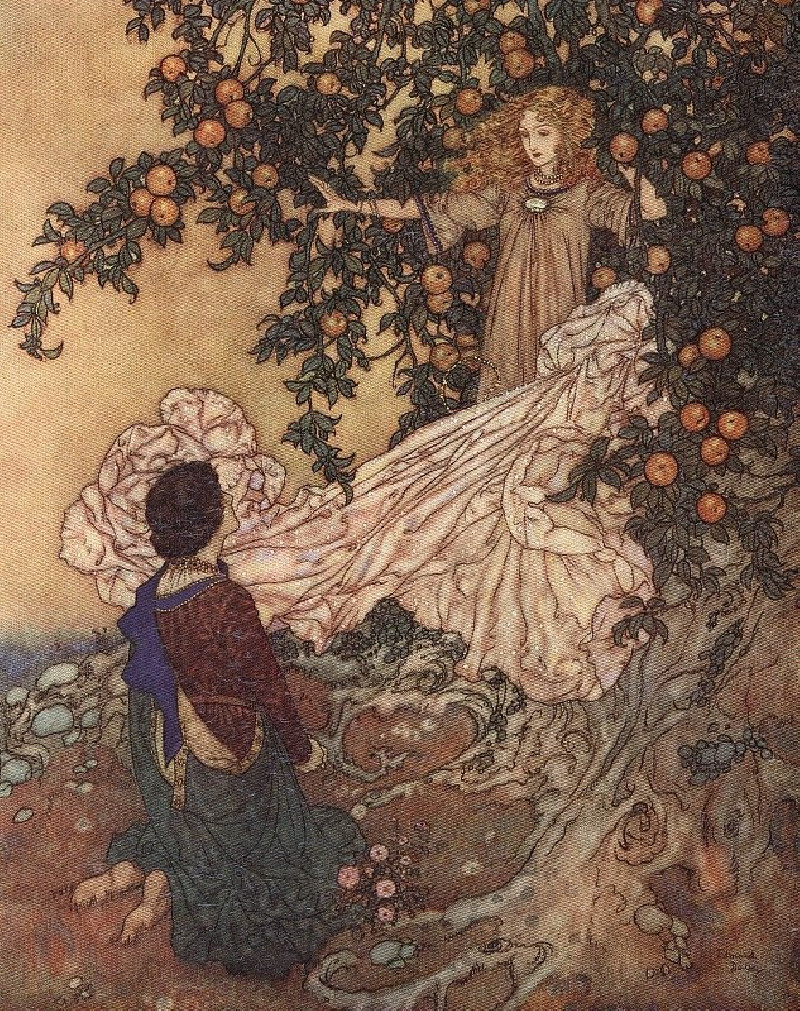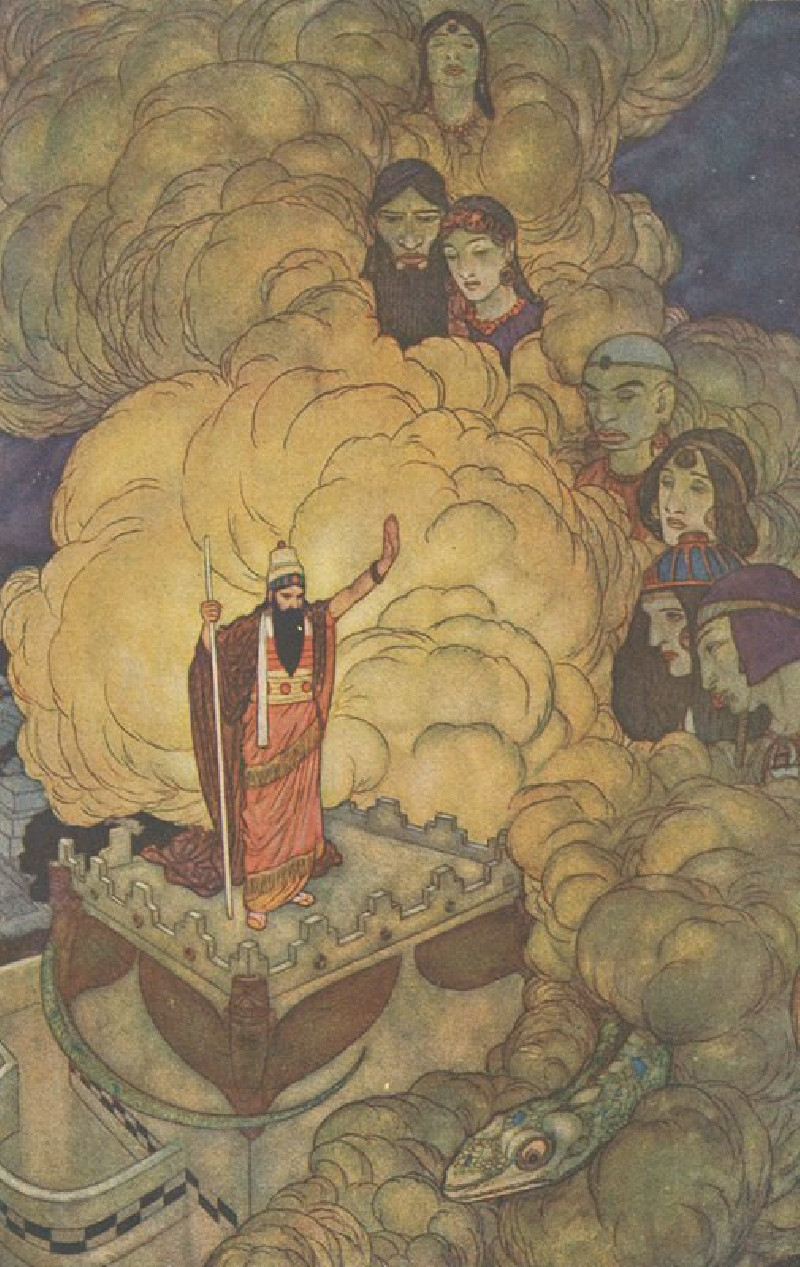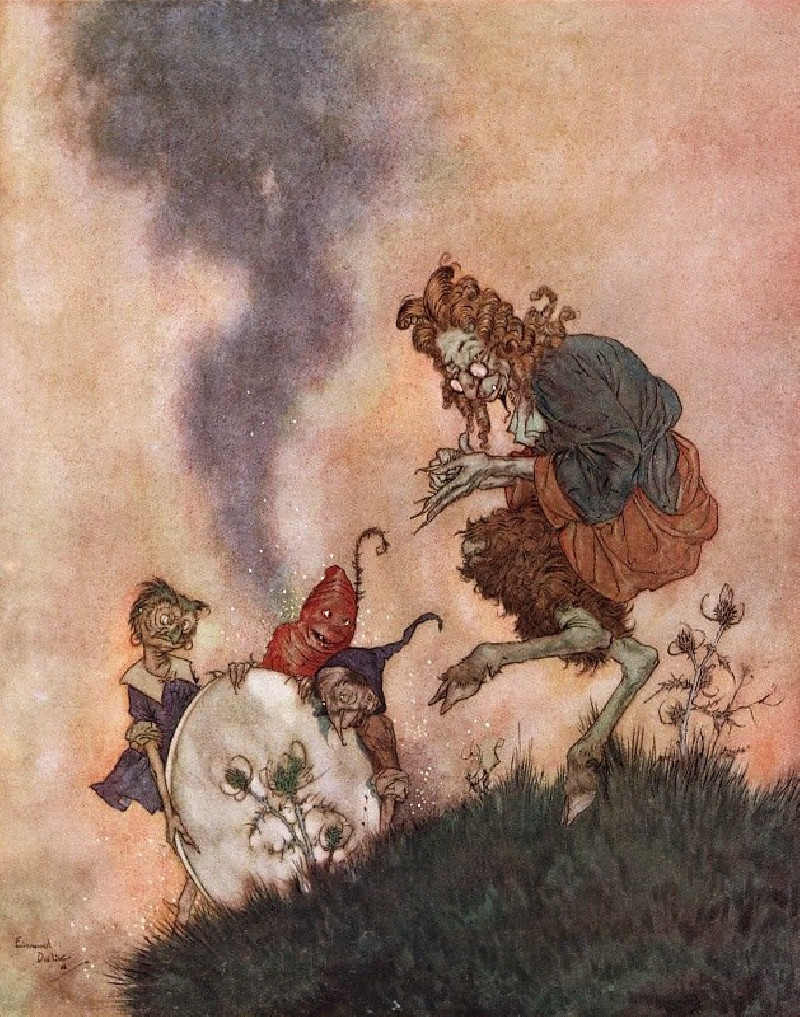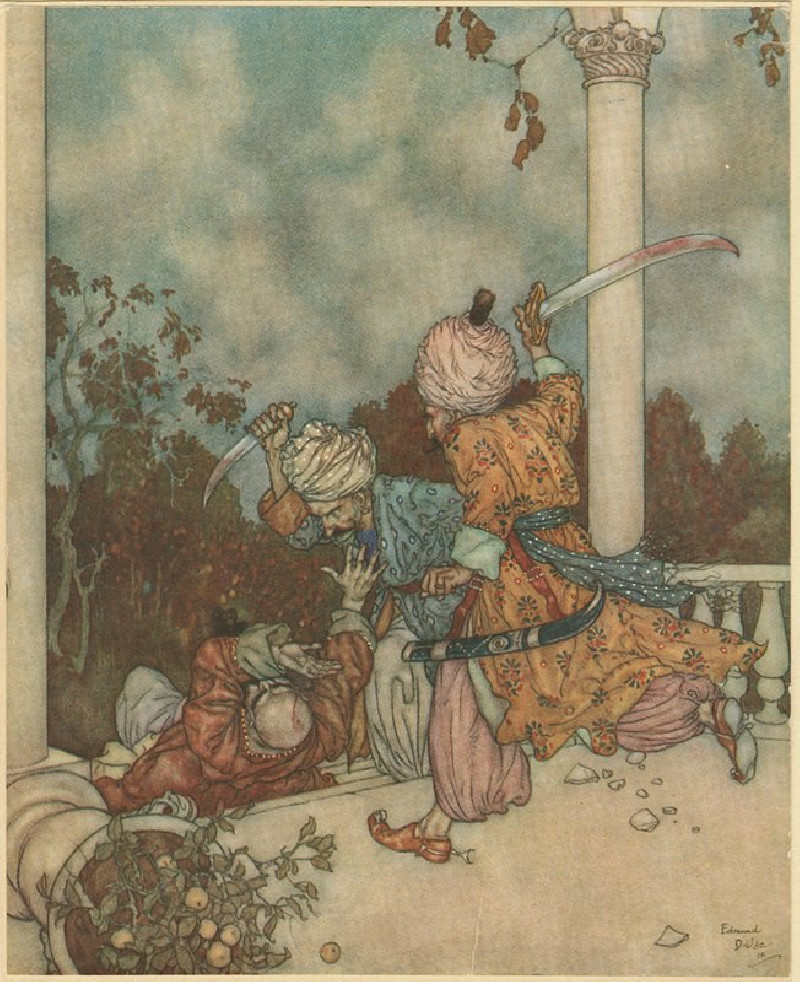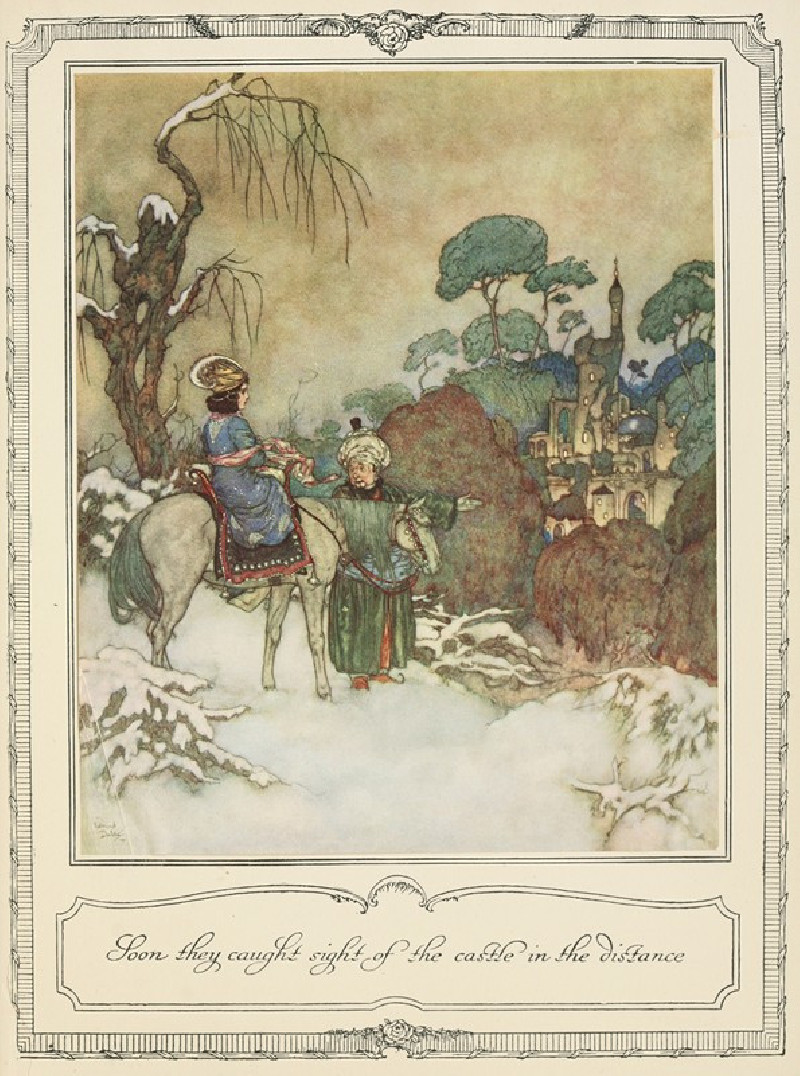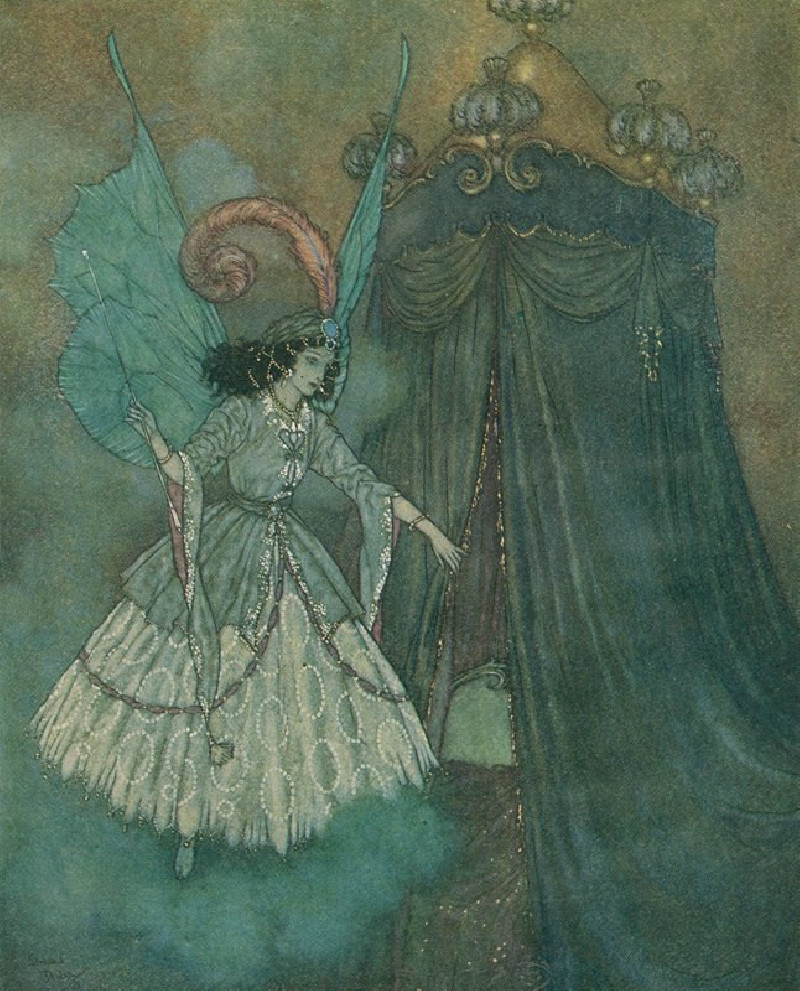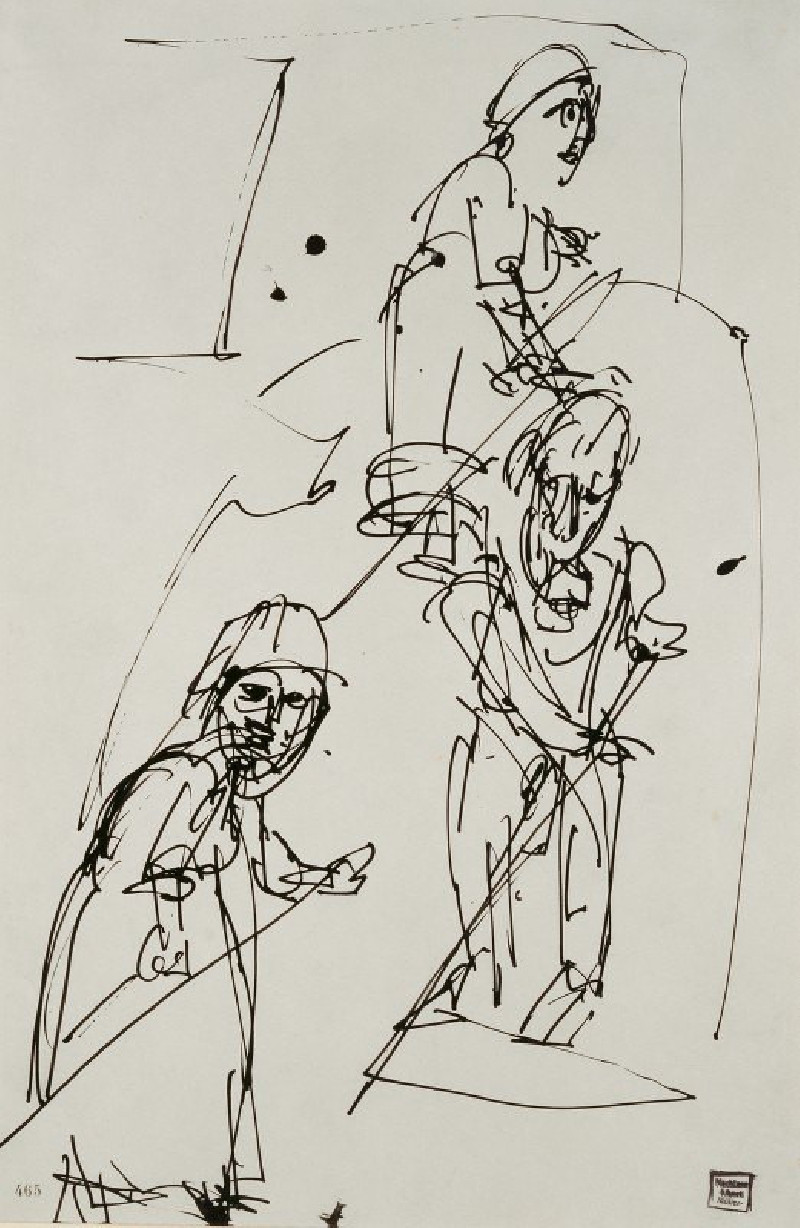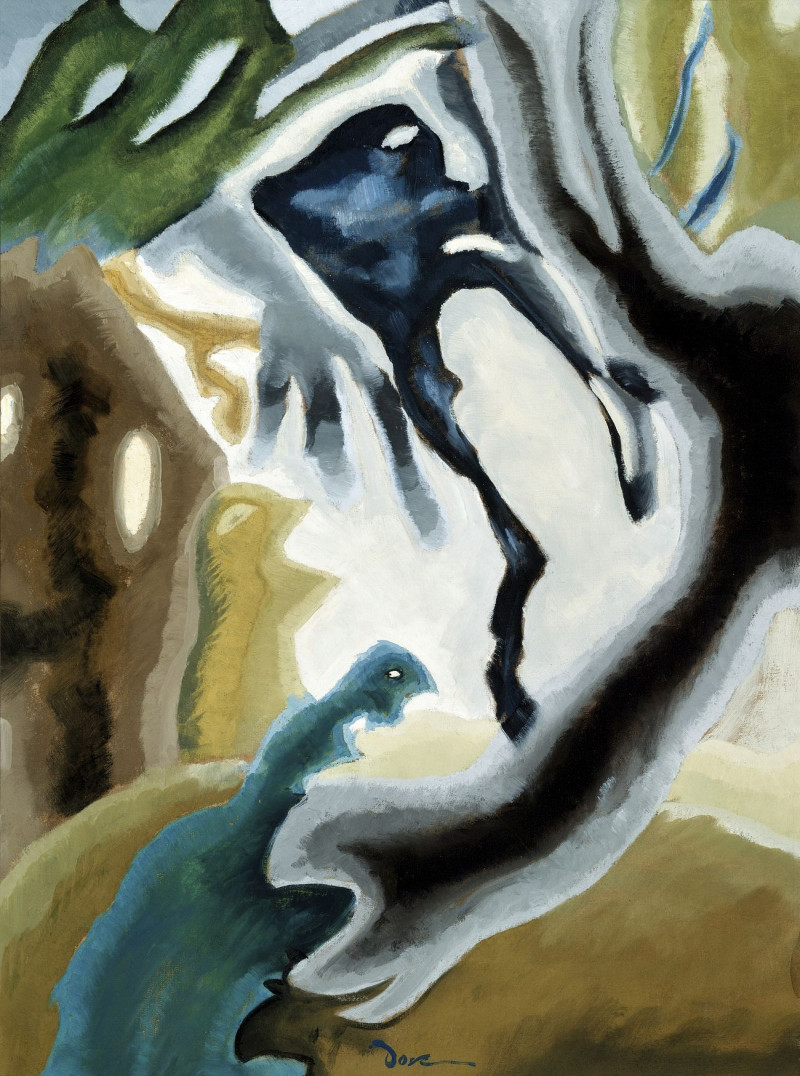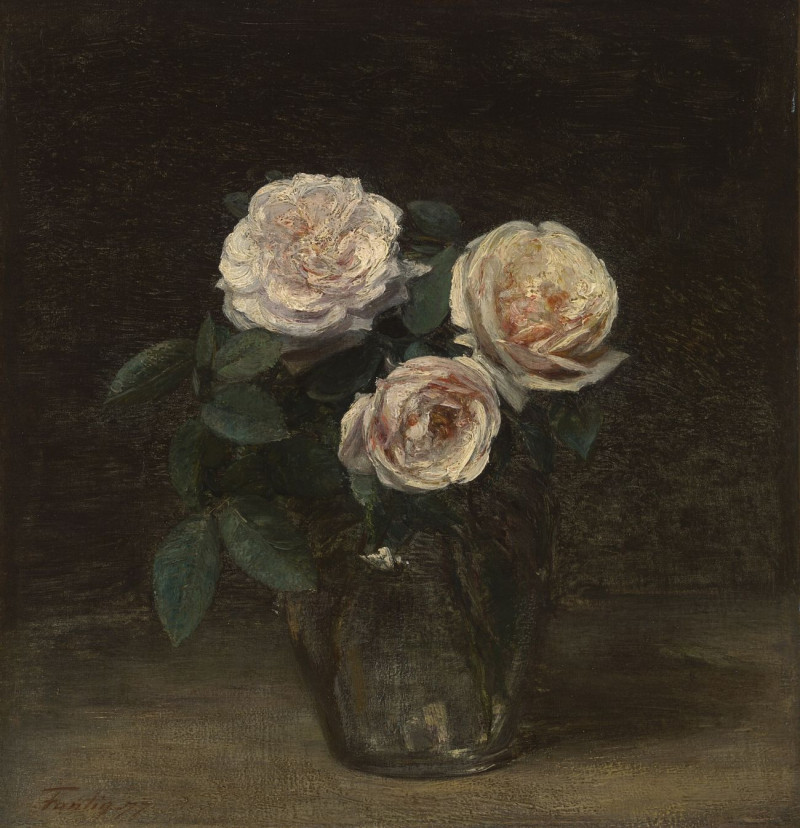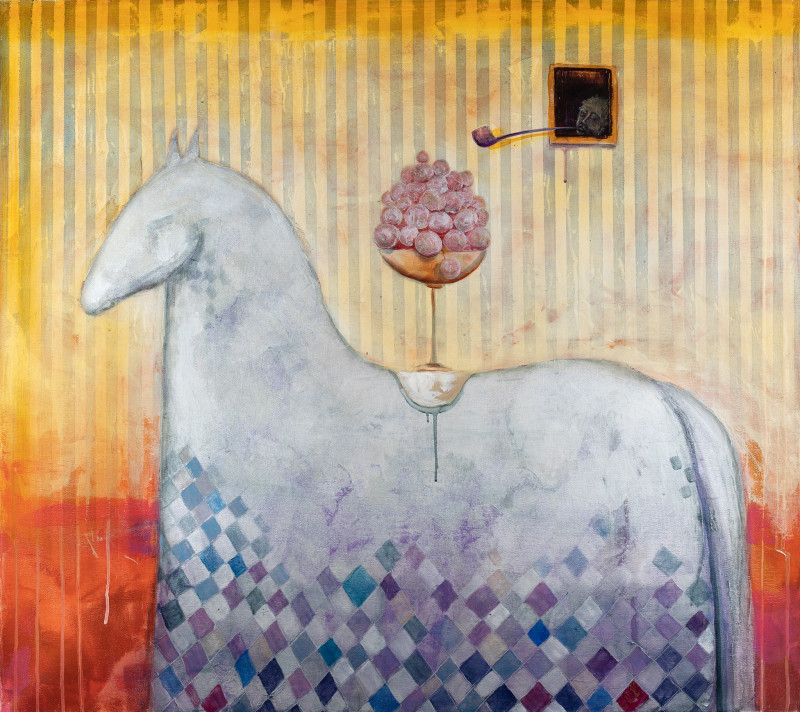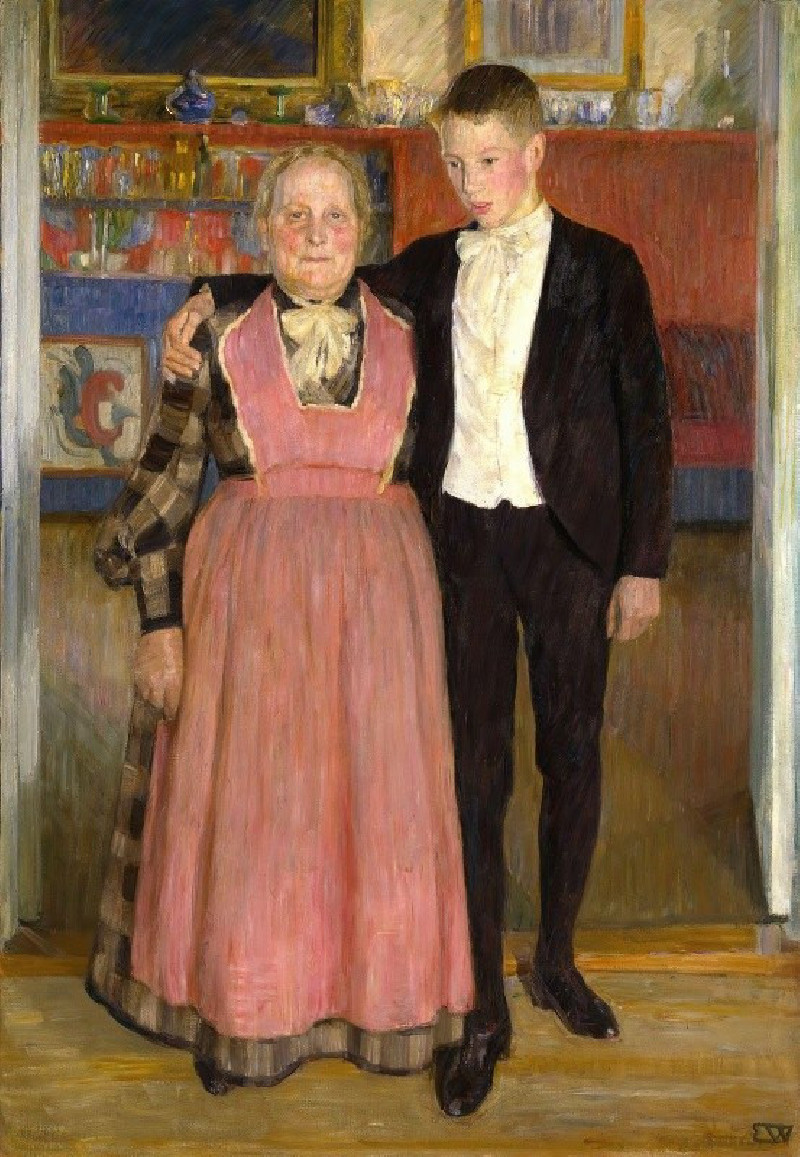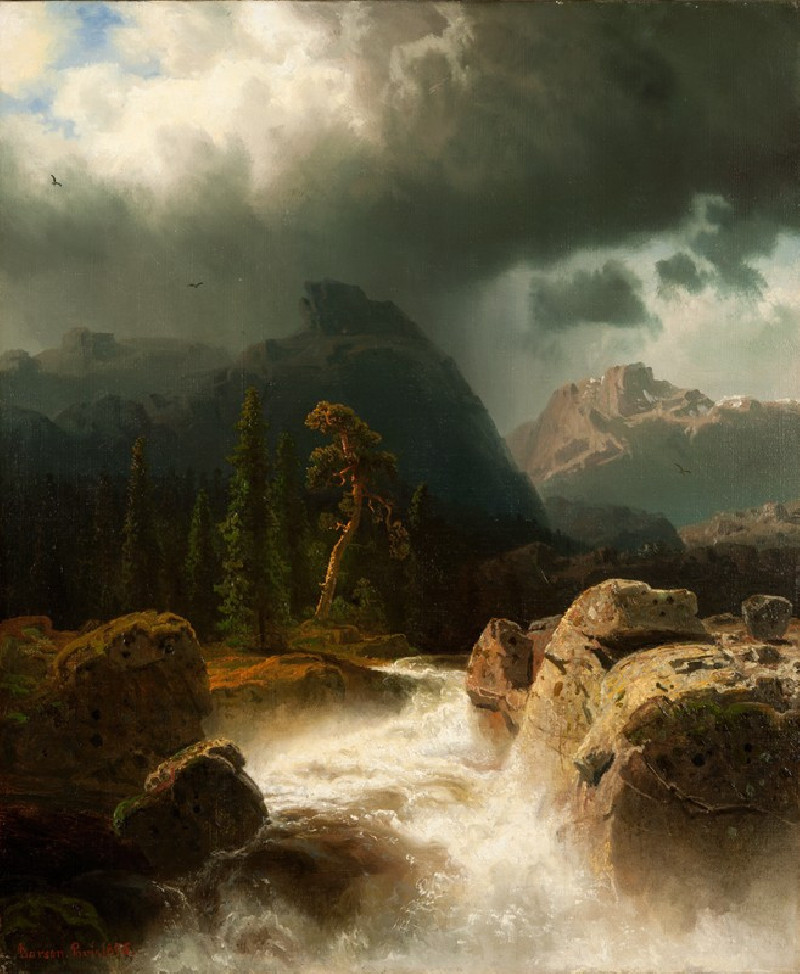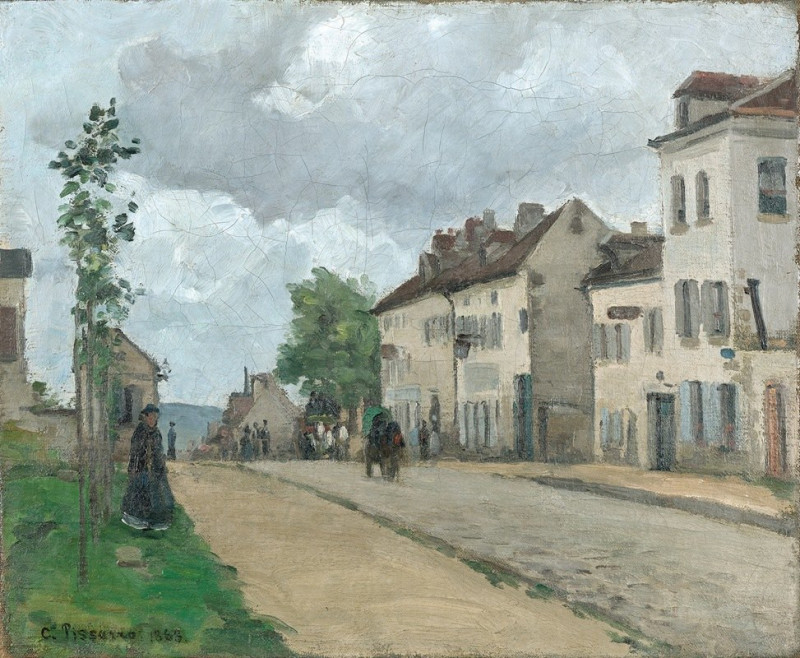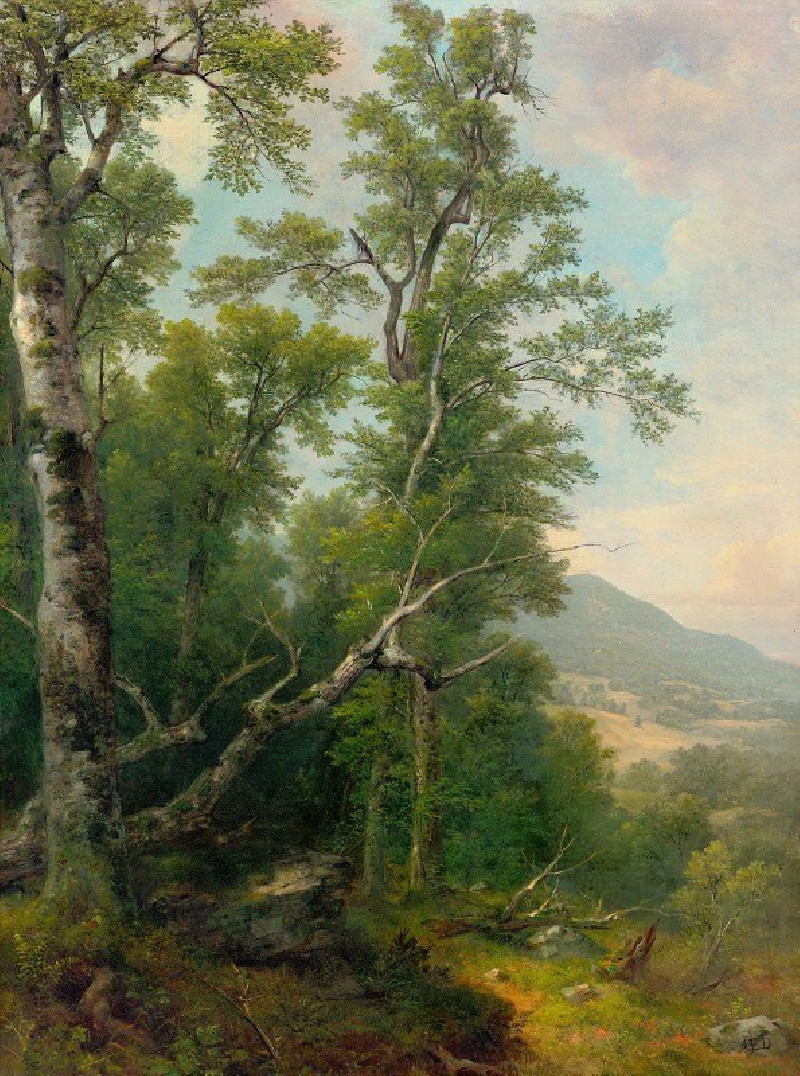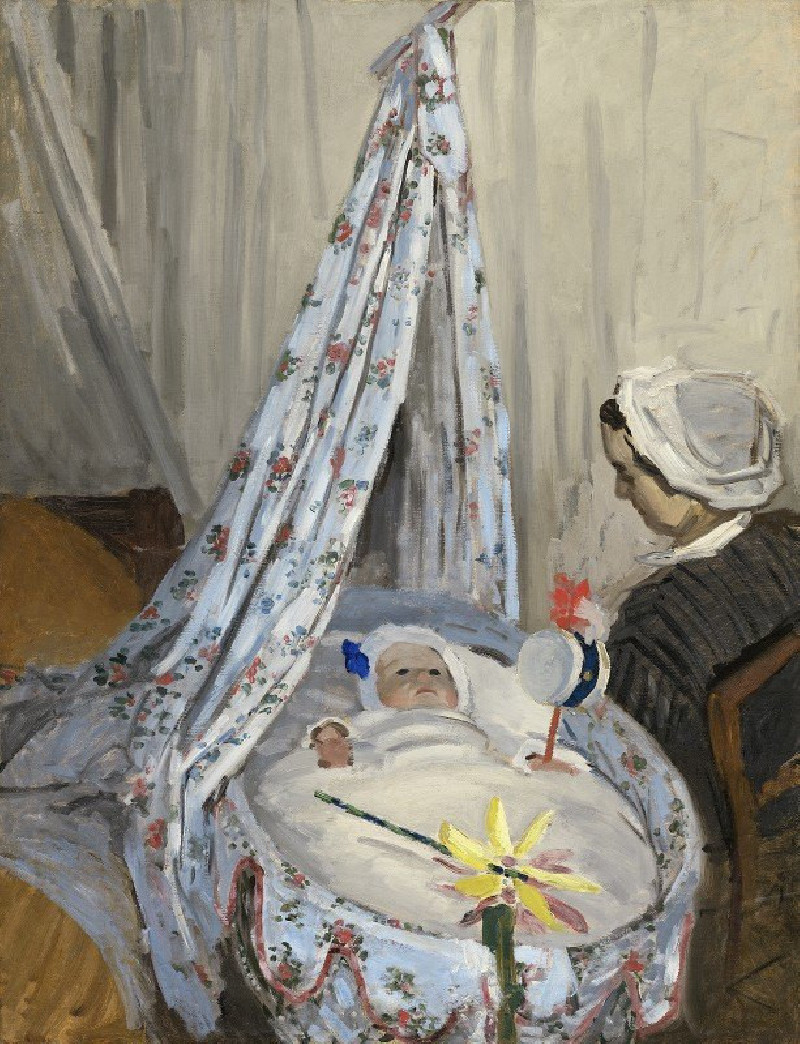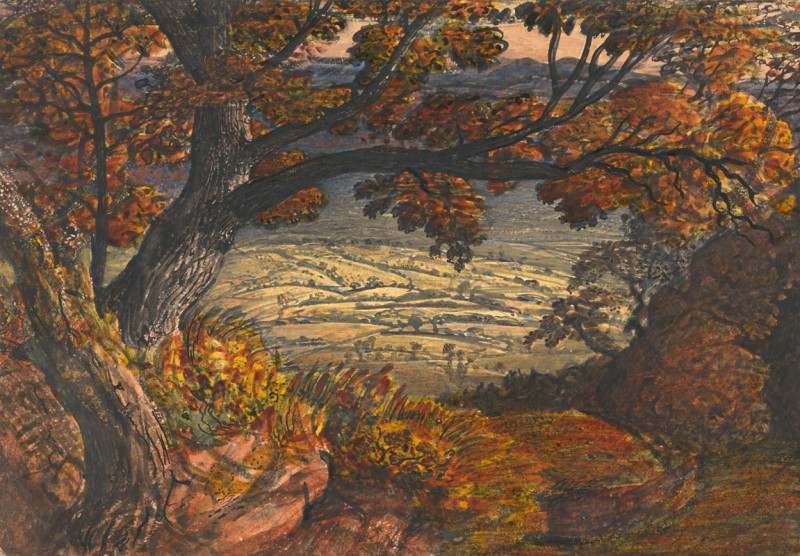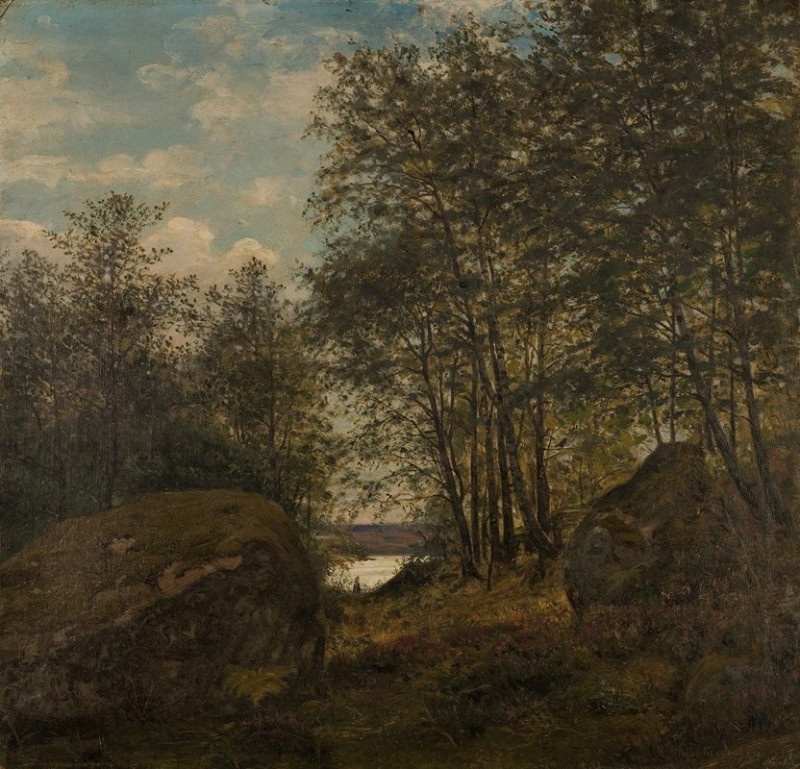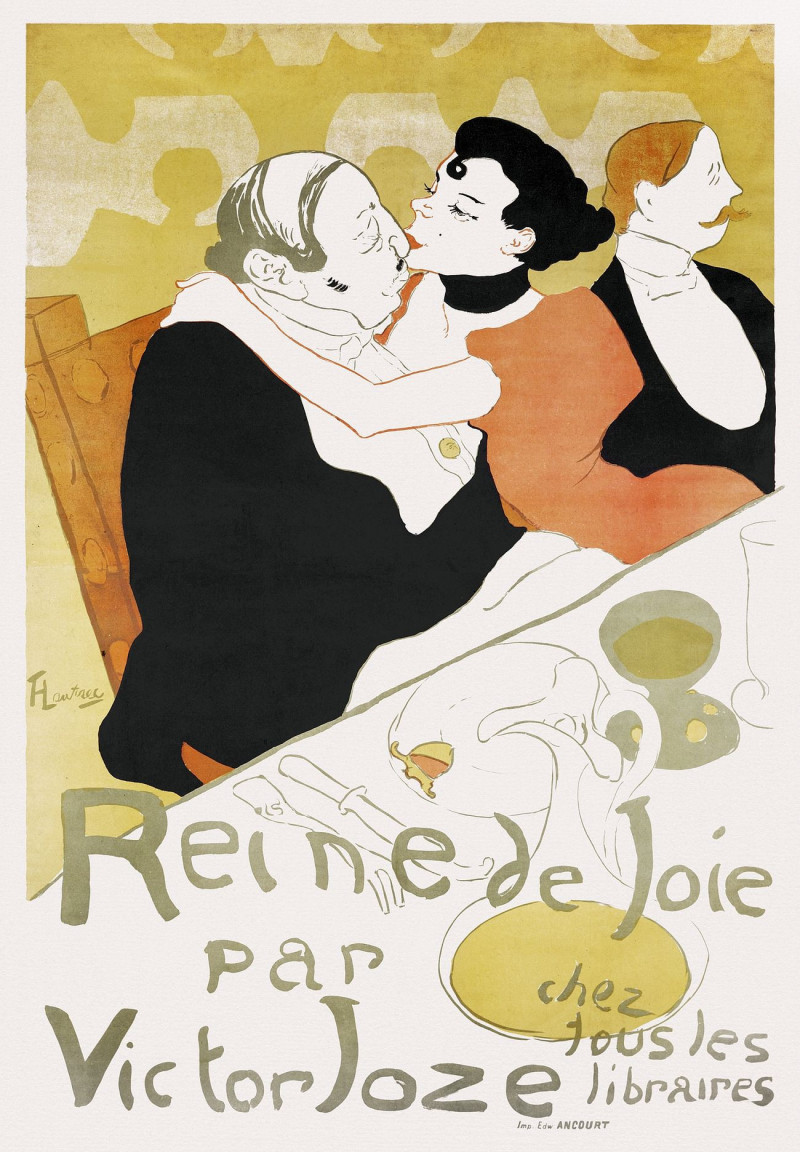The Snow Queen Pl 4 (1911)
Technique: Giclée quality print
Recommended by our customers
More about this artwork
In this captivating painting, titled "The Snow Queen Pl 4" by Edmund Dulac, created in 1911, we are invited into a regal yet mysteriously forlorn scene. The artwork features two main figures situated in an opulent room reminiscent of an 18th-century palace.In the center of the composition, we see a woman dressed in an elegant gown, her attire adorned with shimmering fabric that mirrors the icy theme of the Snow Queen. Her posture, seated and slightly slumped, suggests a mix of regality and melancholy. Her facial expression is contemplative and somber, adding to the painting’s enigmatic mood. Beside her stands an older woman, possibly an attendant, whose attention is fixated on the young woman, adding a layer of emotional complexity to the scene.Surrounding these figures is an impressive array of scattered papers, hinting at a story left untold. These papers, strewn across the lavish carpet and capturing the gentle light from the window, perhaps symbolize the chaotic or disrupted elements of the narrative from which this scene is drawn.The use of color and texture in Dulac's painting enhances its mythical ambiance. The cool blues and muted tones suggest a wintry theme, aligning perfectly with the title's reference to the Snow Queen. The detailed illustration of the garments and decor emits a sense of wealth and detail characteristic of Dulac's celebrated style.
Delivery
Returns
Edmund Dulac (born Edmond Dulac; 22 October 1882 – 25 May 1953) was a French-British naturalised magazine illustrator, book illustrator and stamp designer. Born in Toulouse he studied law but later turned to the study of art at the École des Beaux-Arts. He moved to London early in the 20th century and in 1905 received his first commission to illustrate the novels of the Brontë Sisters. During World War I, Dulac produced relief books and when after the war the deluxe children's book market shrank he turned to magazine illustrations among other ventures. He designed banknotes during World War II and postage stamps, most notably those that heralded the beginning of Queen Elizabeth II's reign.

